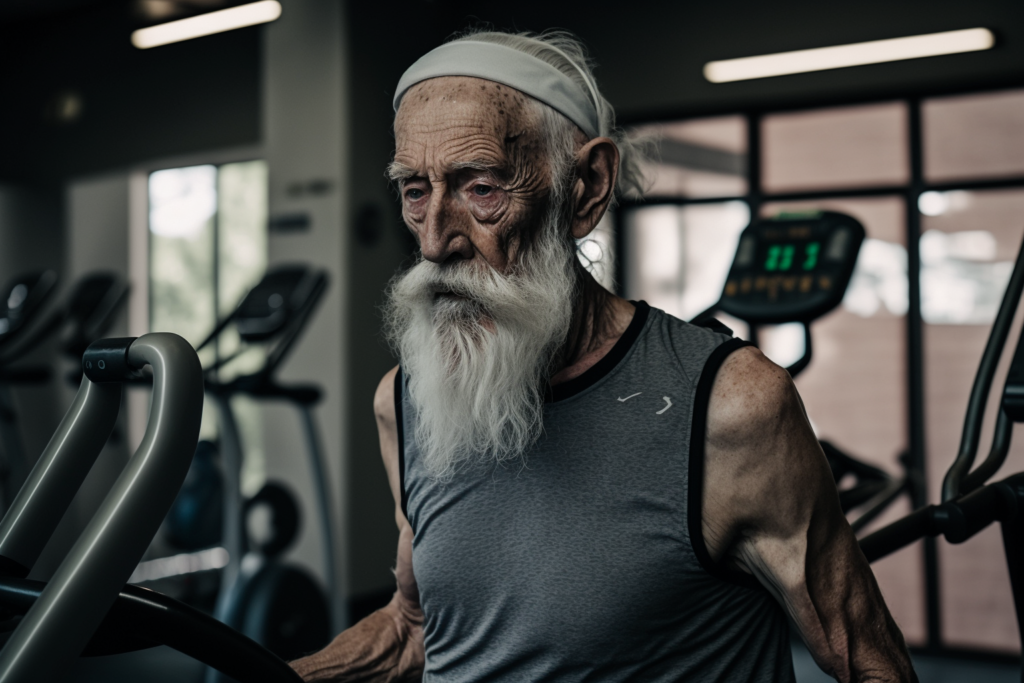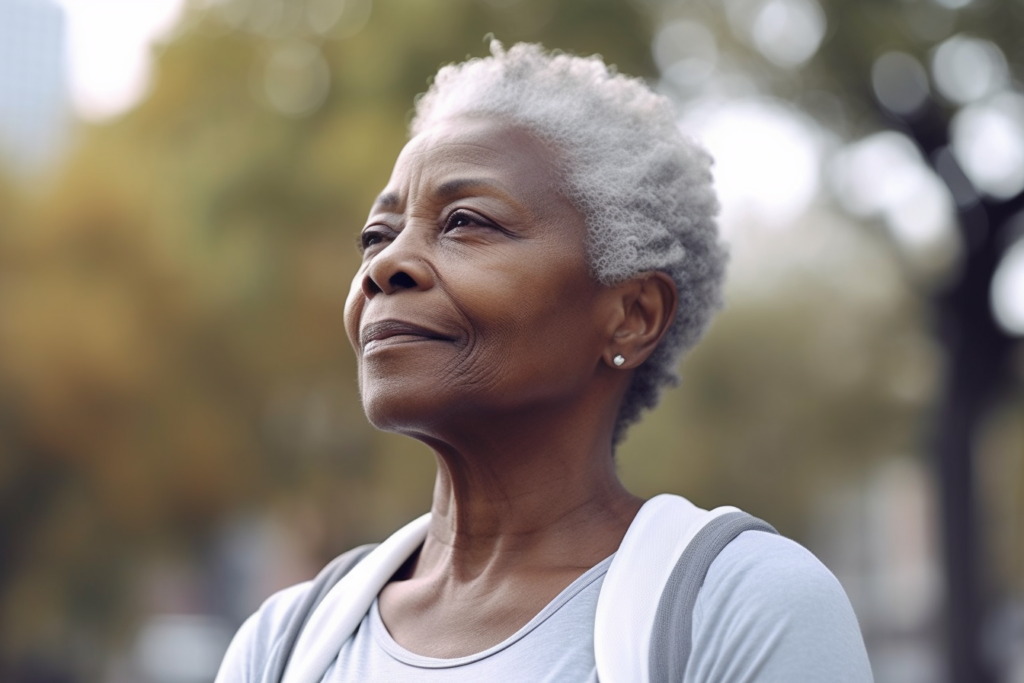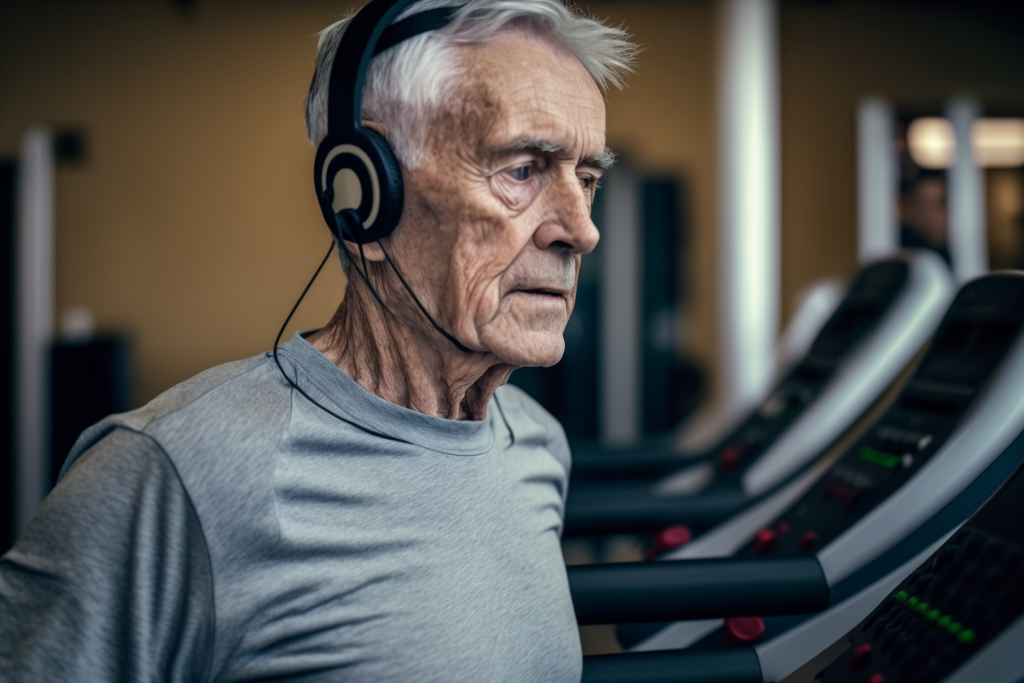Are you looking to stay active and healthy but feel limited by mobility issues? Fear not, you’re definitely not alone. Many seniors face similar challenges, but the good news is that there are plenty of exercises and workout routines made just for you! In this ultimate guide, we’ll take you through the key steps to building a successful workout routine that will help you stay fit, improve your mobility, and enhance your overall well-being.
Step 1: Talk to Your Doc
Before you jump into any fitness journey, it’s essential to check in with your healthcare provider, especially if you have any pre-existing medical conditions. They can give you valuable insights and guidance tailored to your specific needs and limitations. A medical professional can help you figure out which types of exercises are safe and suitable for your body.
Step 2: Begin with a Chill Warm-Up
Every good workout routine needs a warm-up session to get your body ready for physical activity. For seniors with limited mobility, gentle warm-up exercises like shoulder rolls, ankle pumps, and neck stretches are perfect. These exercises help increase blood flow, warm up your muscles, and reduce the risk of injury.

Step 3: Focus on Building Strength
Strength training is crucial for maintaining muscle mass, bone density, and overall strength. Even with limited mobility, there are loads of exercises you can incorporate into your routine. Chair exercises, resistance bands, and light dumbbells can be used to perform exercises like bicep curls, seated leg raises, and shoulder presses. Try to aim for 2-3 strength training sessions per week, gradually increasing the resistance as you get stronger.
Step 4: Get Bendy with Stretching
Flexibility exercises are super important for maintaining a full range of motion and preventing stiffness. Add gentle stretching exercises to your routine, focusing on major muscle groups like shoulders, hips, and legs. Yoga or Tai Chi classes specifically designed for seniors can be awesome, as they emphasize stretching, balance, and relaxation.

Step 5: Boost Your Cardiovascular Fitness
Cardiovascular exercises help improve heart health and boost overall endurance. As a senior with limited mobility, low-impact exercises are recommended. Water aerobics, stationary cycling, and seated exercises like marching in place or seated dancing can be excellent options. Start with shorter sessions and gradually increase the duration as your fitness level improves.
Step 6: Focus on Balance and Stability
Maintaining good balance and stability is crucial for preventing falls and maintaining independence. Add balance exercises to your routine, like standing on one leg, heel-to-toe walks, or using balance boards. It’s important to perform these exercises in a safe environment with a support system, such as holding onto a sturdy chair or having a caregiver nearby.

Step 7: Stay Consistent and Listen to Your Body
Consistency is key when it comes to building a successful workout routine. Start slowly and gradually increase the intensity and duration of your exercises. Listen to your body and pay attention to any discomfort or pain. If an exercise causes excessive strain, modify it or consult with a fitness professional to find a suitable alternative.
Conclusion:
No matter your age or mobility limitations, staying active and engaging in regular exercise is vital for your overall well-being. By following this ultimate guide, you can create a workout routine that is safe, effective, and tailored to your specific needs. Remember to check in with your healthcare provider, start with gentle exercises, and gradually progress over time. With dedication and perseverance, you can enjoy the benefits of a healthier and more active lifestyle. So grab your sneakers, a resistance band, and get started on your journey to fitness today!






